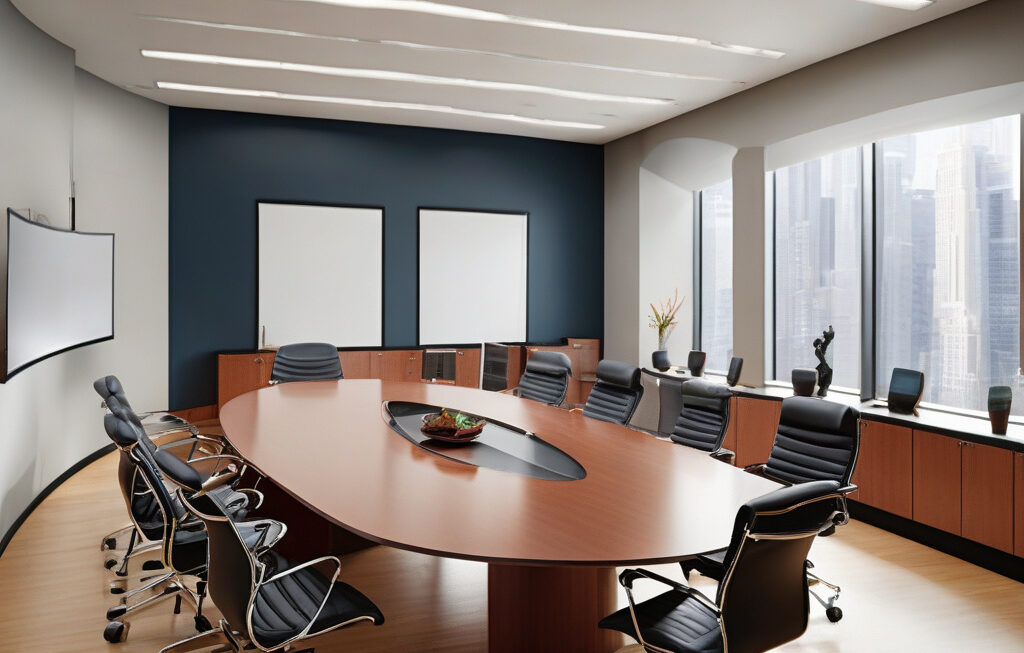Warby Parker Adjusts Strategy: Discontinues At-Home Try-On and Changes Executives
Warby Parker, the renowned eyewear company, is making significant changes to its operations. The brand has decided to discontinue its popular At-Home Try-On program, a move that comes as part of its continued focus on expanding its brick-and-mortar presence. This decision marks a strategic shift for the company, known for its innovative approach to selling eyewear online.
The At-Home Try-On program has been a cornerstone of Warby Parker’s business model since its inception. Customers could select up to five frames to be shipped to their homes, try them on for free, and then purchase their favorite styles. This unique offering set Warby Parker apart in the eyewear industry, providing customers with a convenient and risk-free way to shop for glasses.
However, with Warby Parker’s rapid expansion into physical retail locations, the company has decided to phase out the At-Home Try-On program. By focusing on growing its brick-and-mortar presence, Warby Parker aims to provide customers with more opportunities to experience its products in person and receive personalized assistance from store associates. This shift aligns with the brand’s commitment to offering exceptional customer service and creating engaging shopping experiences.
In addition to discontinuing the At-Home Try-On program, Warby Parker has announced changes to its executive team. The company’s finance chief, Steve Miller, will be departing from his role in October. Miller has played a key role in Warby Parker’s financial strategy and has been instrumental in guiding the company through periods of growth and transformation. His departure marks the end of an era for the brand, and Warby Parker will undoubtedly seek a qualified candidate to fill this crucial position.
Warby Parker’s decision to make these changes reflects its proactive approach to adapting to the evolving retail landscape. As e-commerce continues to reshape the way consumers shop, traditional retailers are finding new ways to engage customers and drive sales. By investing in its physical stores and refining its executive leadership, Warby Parker is positioning itself for long-term success in an increasingly competitive market.
While the discontinuation of the At-Home Try-On program may disappoint some loyal customers, the decision underscores Warby Parker’s commitment to innovation and growth. As the company continues to expand its footprint and enhance its customer experience, these changes are likely to contribute to its overall success in the eyewear industry.
In conclusion, Warby Parker’s announcement of executive changes and the end of the At-Home Try-On program represents a strategic pivot for the brand. By prioritizing physical retail expansion and refining its leadership team, Warby Parker is taking proactive steps to stay ahead in a rapidly changing market. As the company moves forward with these adjustments, it will be interesting to see how these decisions impact its growth and customer engagement strategies.
Warby Parker, Executive Changes, At-Home Try-On, Retail Expansion, Customer Experience












